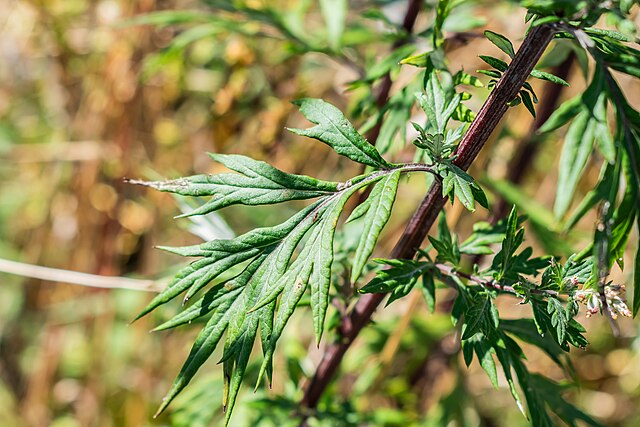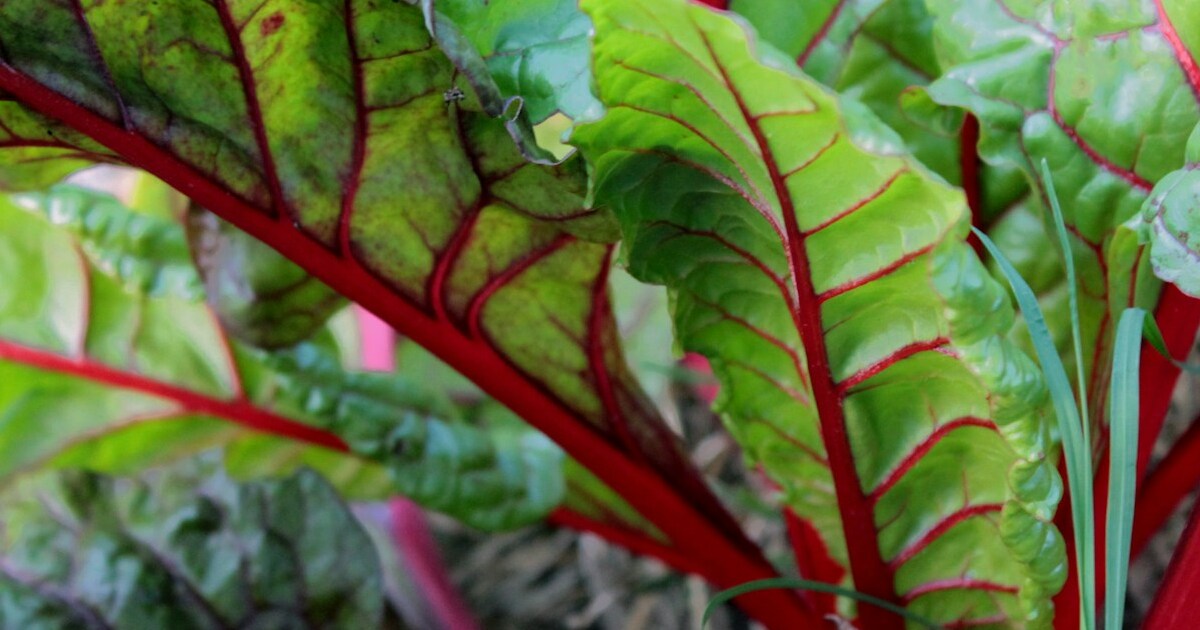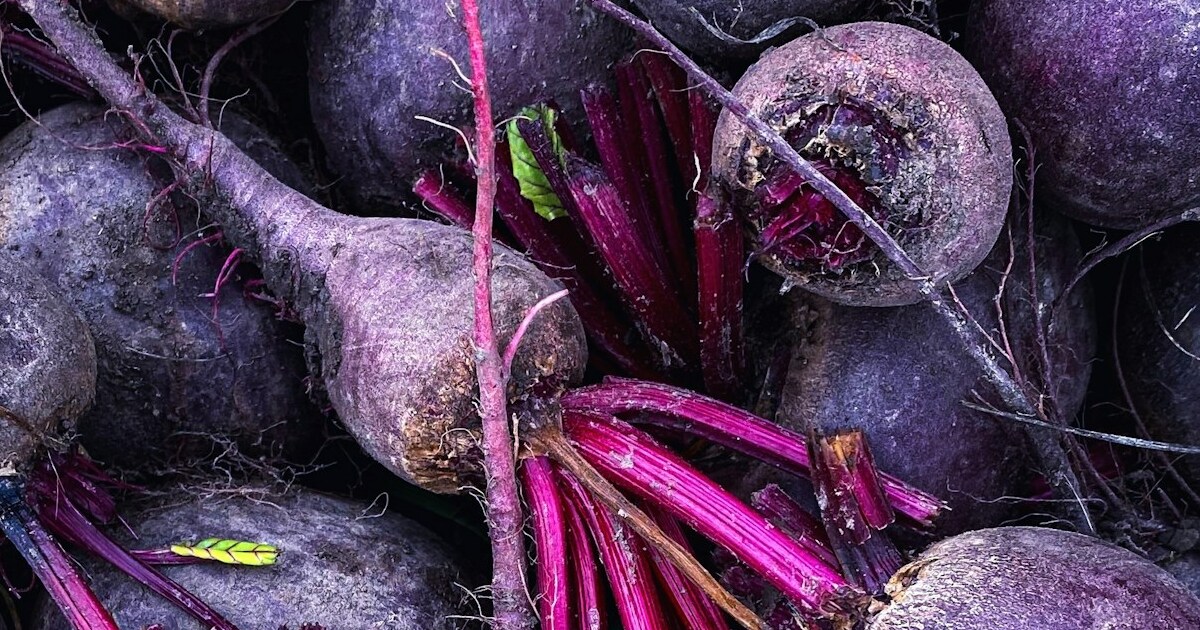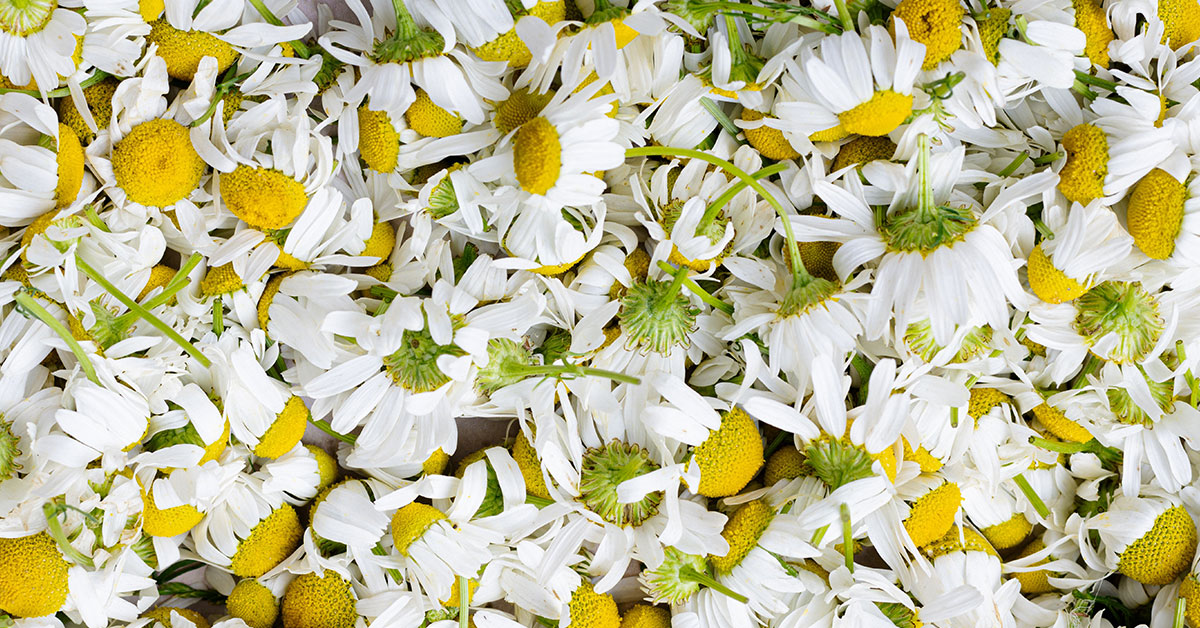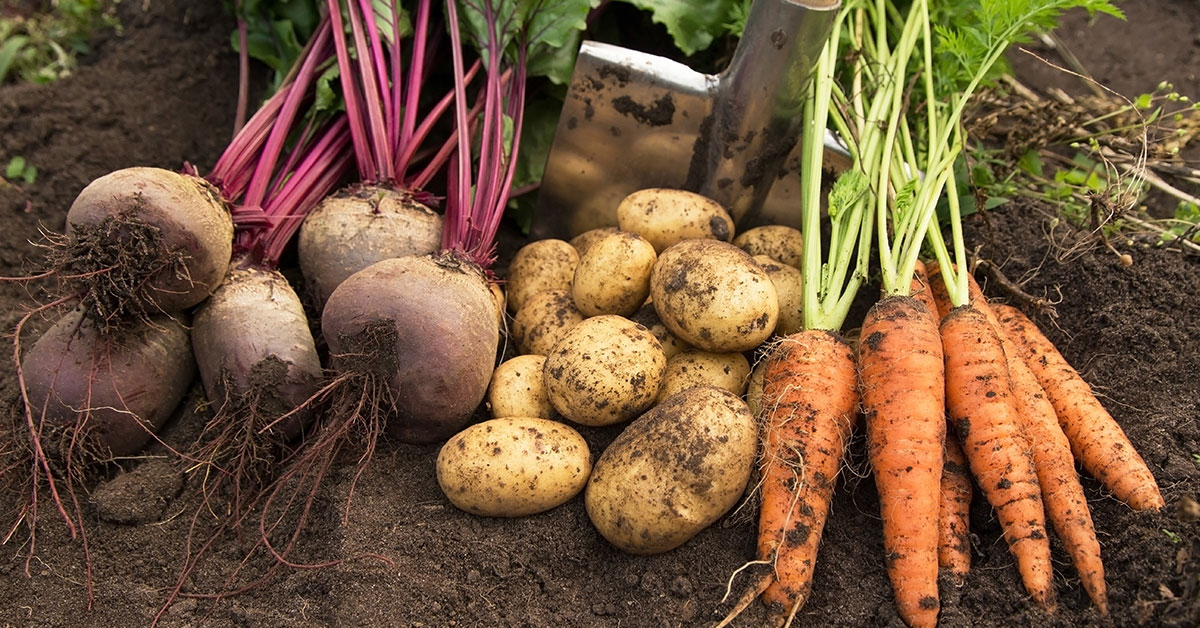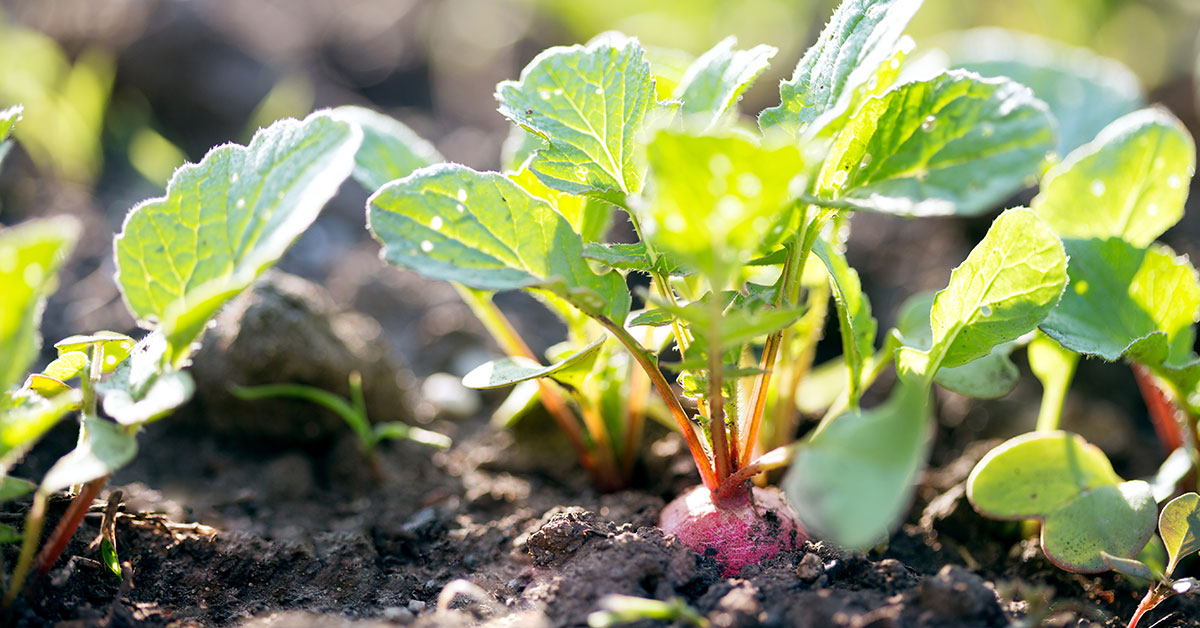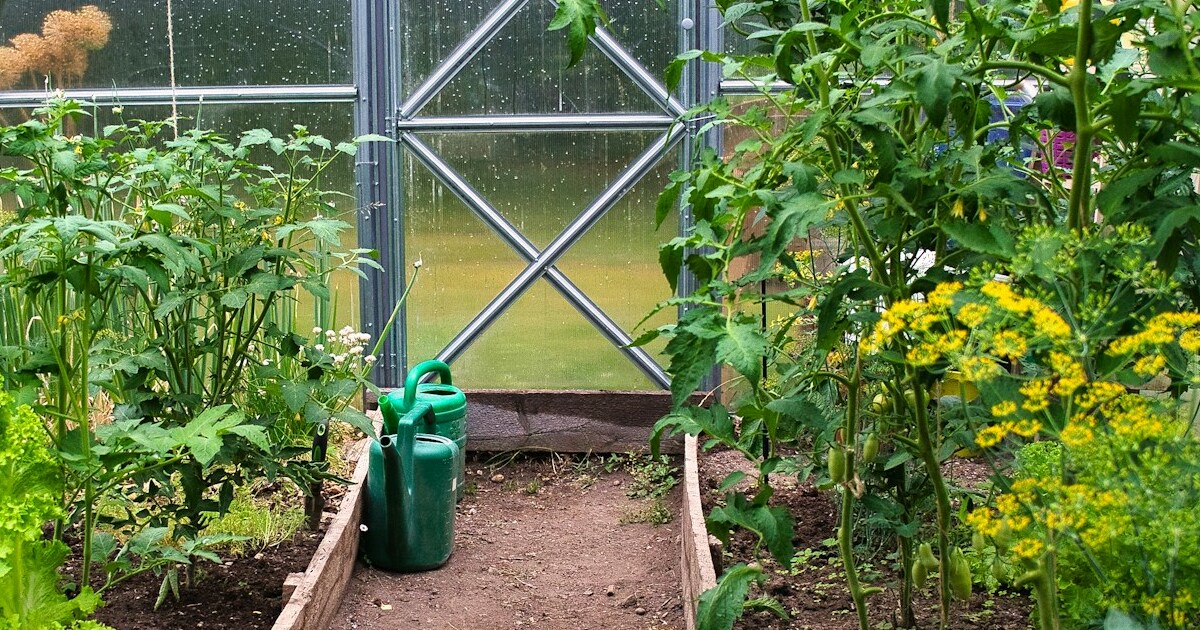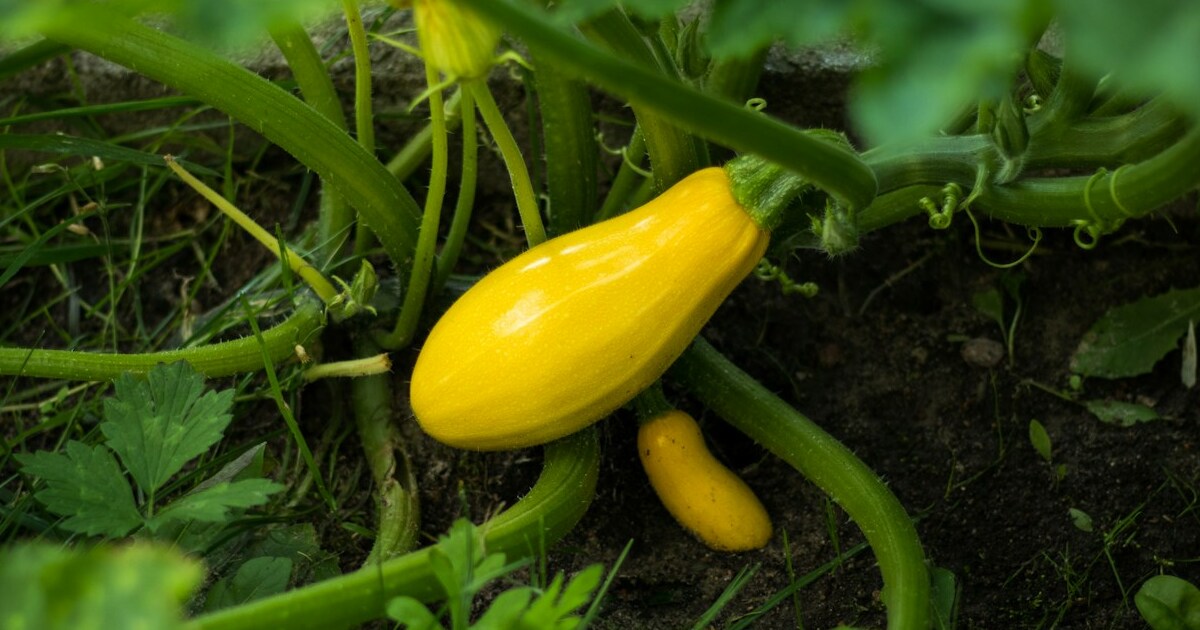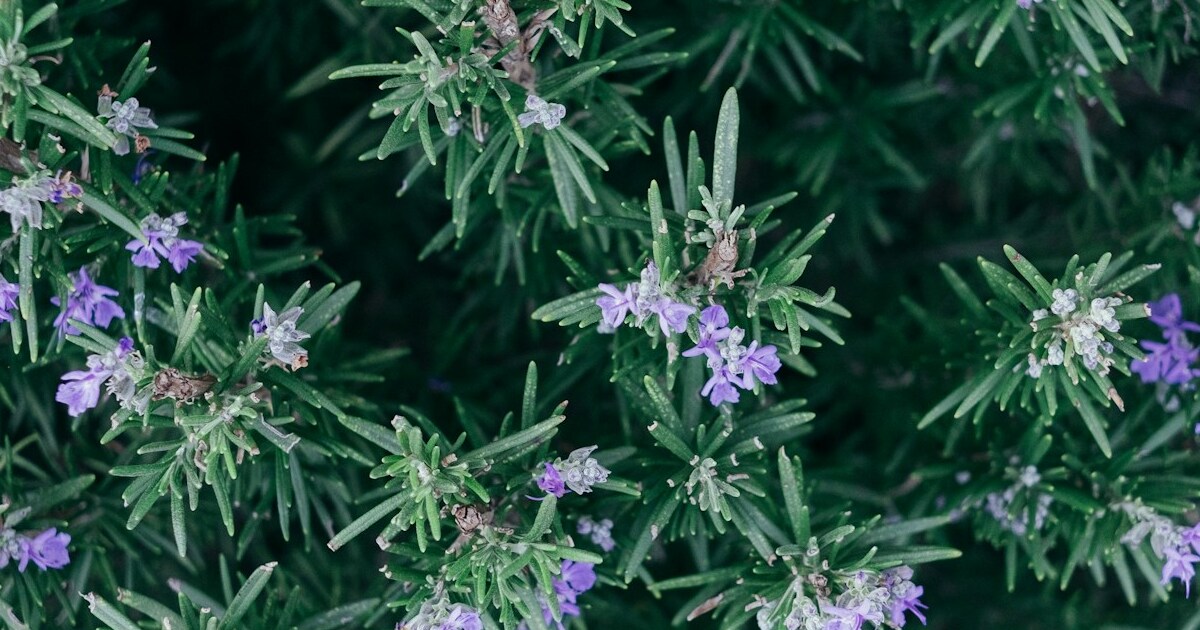English ivy (Hedera helix) hails from the woodlands of Europe and western Asia, where it thrives under a forest canopy with dappled light and well-drained soils. In its native range, ivy provides nectar-rich flowers in late autumn that are a magnet for pollinators, and its dense foliage offers nesting sites for small birds and beneficial insects like ladybugs and lacewings. However, when planted outdoors in non-native regions—particularly parts of North America—it can become invasive, outcompeting local flora if left unchecked. Understanding both its ecological role and its potential to spread is the first step toward responsible cultivation.
I know how disheartening it is to see ivy smothering shrubs or sending runners beyond intended borders! Yet, when managed thoughtfully, English ivy makes a stunning groundcover, a lush container plant, or an elegant climber on trellises and walls. Below are ten essential tips—presented in a fresh, randomized order—to help you enjoy ivy’s many benefits without the headaches of unruly growth.
Monitor for Pests and Diseases

Although English ivy is generally tough, it can sometimes attract scale insects or spider mites, especially in humid indoor or sheltered outdoor environments. Check both sides of the leaves regularly for tiny, stationary bumps (scale) or fine webbing (spider mites), and treat early with insecticidal soap or neem oil. Ladybugs and lacewings often nest in the thick mat of ivy leaves, acting as natural pest control—so encourage them by providing small piles of leaf litter nearby!
Fungal diseases like leaf spot can appear if air circulation is poor. Trim back dense patches to open up airflow, and avoid overhead watering that splashes spores onto the foliage. I remember rescuing a once-ailing ivy by simply cutting away crowded stems and letting sunshine and breeze dry things out—your plant will thank you with glossy, healthy leaves!
Provide Proper Light Conditions

English ivy thrives in bright, indirect light but also tolerates deep shade. In the home, place potted ivy near north- or east-facing windows to avoid scorching sun, which can bleach the leaves. Outdoors, a spot under deciduous trees or on a shaded wall mimics their woodland understory origin, promoting strong, green growth without sunburn.
Too little light leads to leggy, spindly vines as the plant reaches for photons. If your ivy starts to stretch or lose variegation, move it to a slightly brighter location. One of my favorite moments is seeing a newly relocated ivy perk up within days—its variegated leaves regain their crisp patterns, and the runners thicken!
Prune Regularly to Control Growth
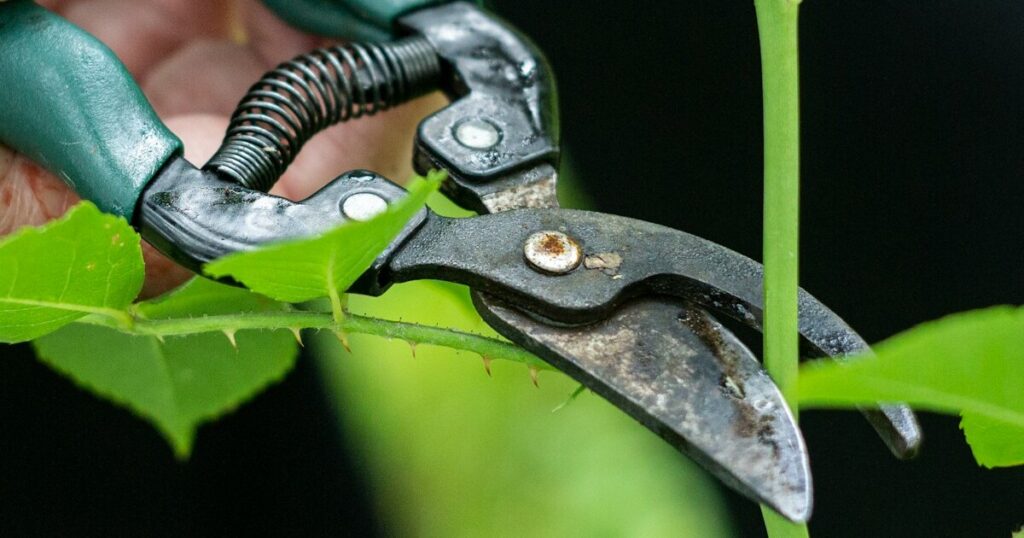
Because English ivy can spread vigorously, pruning is vital for both containment and aesthetic shaping. Snip back overly long runners with clean shears, cutting just above a leaf node to encourage branching. Regular pruning also prevents the plant from overwhelming neighbor shrubs or climbing into unwanted spaces.
Pruned stems make excellent cuttings for propagation—dip them in rooting hormone and nestle them in moist potting mix. I’ve filled my garden with new ivy accents this way, transforming bare walls into emerald tapestries without spending a dime on nursery purchases!
Understand Its Native Habitat and Invasiveness

Knowing that ivy evolved under European forest canopies helps you replicate ideal conditions: dappled light, rich humus, and consistent moisture without waterlogging. It also reminds you of its penchant for aggressive rooting in loose, moist soils. In regions where it’s invasive, keep outdoor plantings on a leash by regularly checking for stray runners beyond your intended area.
I’ve seen ivy escape through cracks in walkways and into neighboring woods—so it’s crucial to pull any wayward vines promptly. When you respect both its vigor and its limits, you can enjoy its lush beauty responsibly!
Ensure Well-Draining Soil
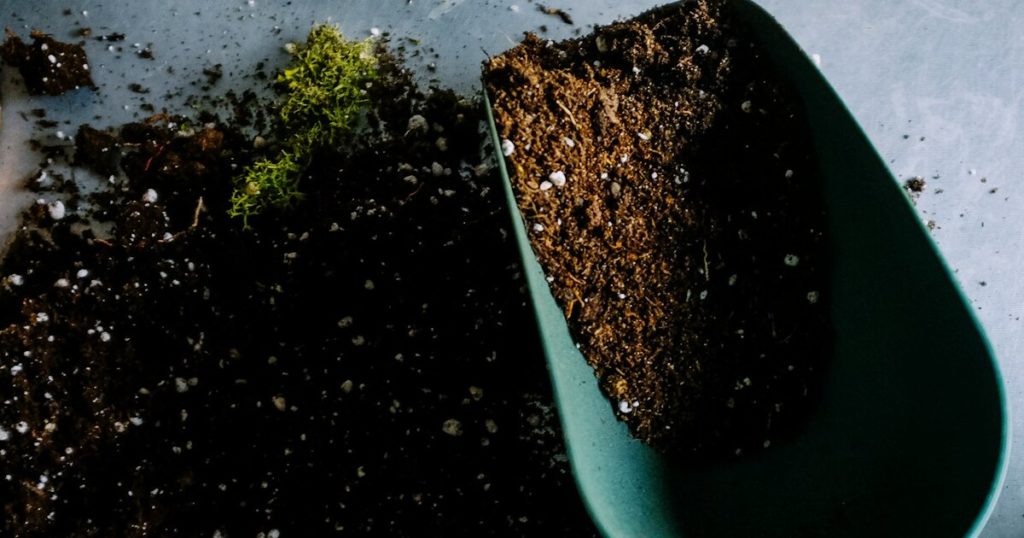
In its natural woodland floors, ivy roots explore crumbly, nutrient-rich soil that drains freely. Whether in pots or garden beds, incorporate organic matter like leaf mold or composted pine bark to maintain moisture without turning soggy. Coarse perlite or horticultural grit can further improve drainage in container mixes.
Poorly drained soil leads to root rot, which shows up as yellowing leaves and vine dieback. I once rescued a waterlogged ivy by repotting it into a chunky mix—within a week, new roots emerged, and the foliage regained its lustrous sheen!
Fertilize Strategically

English ivy is not a heavy feeder but benefits from a balanced, water-soluble fertilizer (e.g., 10-10-10) applied every 6–8 weeks during the growing season. Over-fertilizing can lead to excessively rapid growth that’s more susceptible to pests and leggy appearance. A light dose encourages steady, robust development and richer leaf color.
If you grow ivy in containers, I recommend a half-strength feed to avoid salt buildup. Outdoors, a top-dressing of compost in spring releases nutrients gradually. Watching those new leaves unfurl with a deep green hue is always a gardener’s delight!
Mulch to Retain Moisture and Suppress Weeds

A 2–3 inch layer of organic mulch—such as shredded bark or leaf litter—helps maintain consistent soil moisture around ivy roots and keeps competing weeds at bay. Mulch also mimics the forest detritus where ivy naturally thrives, contributing beneficial microbes as it decomposes.
Be careful not to mound mulch against the stems, which can invite rot. I’ve found that a clean mulch boundary enhances both plant health and visual neatness—plus, it creates habitat pockets for earthworms, which aerate the soil in exchange for decaying leaves!
Provide Support for Climbing Cultivars
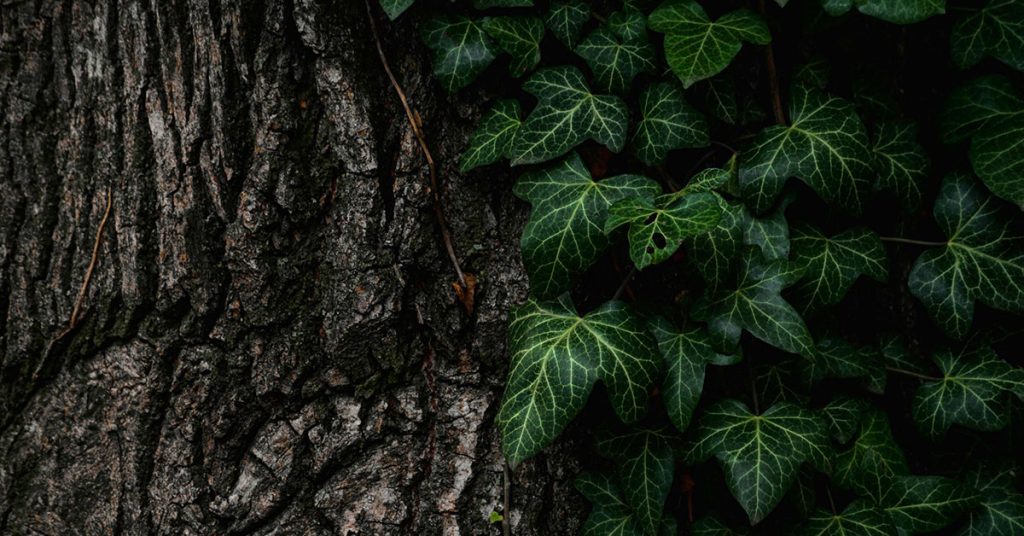
Varieties like ‘English Rosea’ or ‘Goldchild’ appreciate a trellis, fence, or wall surface to climb, using their aerial rootlets to grip tight spaces. Install support close to the plant’s base, and gently train vines by weaving them through the structure or tying with soft garden twine.
Climbing ivy adds vertical interest and creates wildlife corridors for insects and small birds. I love watching chickadees flit into the thick canopy to build their nests, all thanks to the sturdy framework of trained ivy!
Water Sparingly but Consistently

Ivy prefers evenly moist—not waterlogged—soil. Water thoroughly when the top inch of soil feels dry, then allow excess to drain away. In hot summer weather, potted ivy may need watering twice weekly, while garden plantings often thrive on natural rainfall supplemented by occasional irrigation.
Sudden drought stresses the plant, causing leaf edges to brown and drop. Conversely, constant saturation invites root rot. Finding that sweet spot of steady moisture is like hitting the gardening sweet spot—a small triumph each time your ivy looks perky and vibrant!
Winter Care and Protection
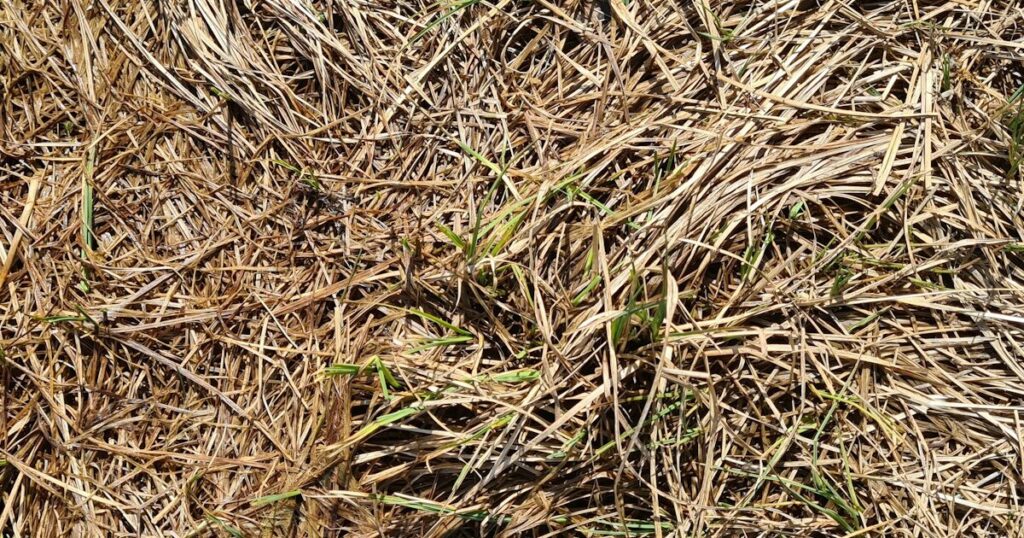
In cold climates, hardy English ivy can withstand down to USDA zone 4, but container-grown specimens may need extra protection. Move pots to a sheltered porch or wrap them in burlap and straw. In-ground plantings benefit from a winter mulch layer to insulate roots from freeze–thaw cycles.
A few times I’ve gently covered an outdoor ivy with frost cloth and watched it emerge unscathed in spring—while nearby unprotected patches looked worse for wear. A bit of seasonal care ensures those evergreen vines stay lush year-round!





